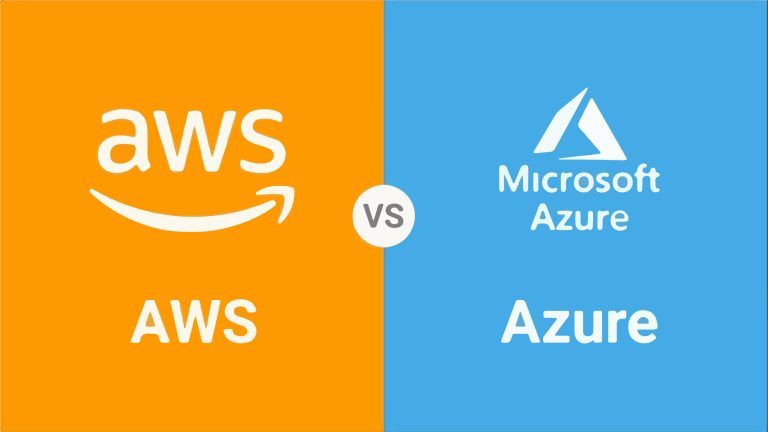Table of Contents
A guide to understanding Azure containers, their features, solutions, tools, use cases and the best products available.
Before I talk about Azure containers, I need to explain what containers are.
Think of actual containers. Yes, the kind shipping industries use. Just as they have different containers for their shipments and cargos, applications too come in different containers. This method is called containerization.
A container is a standardised, portable packaging for your applications. It integrates an application’s code with the related configuration files and libraries along with the dependencies required for the app to run. This enables developers to install applications seamlessly across different environments.
Why should you care about containers

More often than not applications fail to run correctly when moved from one environment to another. This happens due to differences in configuration, underlying library requirements or other dependencies. Containers address this issue by providing a lightweight, immutable infrastructure for application packaging and deployment.
A container packs together an application or software, its dependencies and its configuration as a container image. The containerised application can then be tested as a unit and deployed as a container image instance to the host operating system. This way, containers enable developers and IT professionals to install applications across environments with little or no modification.
Why Azure containers – features and solutions

Azure containers have created quite a response as a viable alternative to virtual machines for hosting applications. The old container platforms were complex with limited mobility as they were dependent on the system configuration.
We have come a long way since then. Containers now use the concept of OS layer virtualization, which improve resource management and agility. Let us look at a few features and container solutions offered by Azure container service today that make them an absolute must –
- Rapid Scalability – Since Azure containers do not have the overhead, many containers can be supported on the same infrastructure. The lightweight feature of containers enables them to start and stop quickly, unlocking rapid scale up and scale down.
- Agility – App developers can now package their applications into containers and hand it over to IT to run on a standardised platform. This helps to reduce the effort needed to deploy apps as well as streamline the whole development and testing cycle. Consequently, it enhances collaboration and efficiency between the teams to ship apps faster.
- Portability – Containers have a standardised format for packaging and holding all the necessary components to run any application smoothly. It solves the problem of applications running on certain machines and allows for portability between OS platforms and between clouds. Thus, any time a container is installed, its execution occurs in a consistent environment that remains same from one deployment to another.
[hbupro_banner id=”21384″]
Consider these container-optimised tools and services that help you achieve agility, security and portability

- DevOps – When containers are combined with DevOps practices, teams can ship code faster and shorten software development cycles.
- Security – Since your containers require a layered approach, it is best to secure them with CI/ CD pipelines.
- Serverless Containers – Agility of containers can be further increased on demand. Serverless container technologies run containers without managing servers.
- Orchestration – When running containers at scale, orchestration, and management of containerised app via an orchestration container such as Kubernetes is necessary.
Common use cases
- Lift and Shift – There are numerous benefits of migrating to cloud but having to rewrite existing applications proves to be cumbersome and a roadblock for many. With containers, enterprises can potentially migrate all applications to the cloud without changing any code.
- Machine Learning – Containers make machine learning applications and software self-contained as well as easily scalable in any environment.
- Batch – Batch processing typically refers to activities that can be done without human intervention or that can be done on a resource-available basis. Examples include resizing images, generating reports, and converting files from one format to another. Containers provide an effortless way to run batch jobs without having to manage an environment or dependencies.
- Cloud-native Applications – Containers provide cloud-native applications a common operational model across environments, including public, private and hybrid. The low overhead and high density of containers make them ideal for delivering cloud-native applications.
[hbupro_banner id=”21412″]
Top Azure containers – which container service should you choose
Every enterprise needs to consider the stage of container adoption they are in. Start simple if you may and change as you need to.
To help you make an informed decision of all the service options available, here is a table that condenses the different types of containers and their use cases.
[table id=8 /]
[hbupro_banner id=”21250″]
Related Videos :













